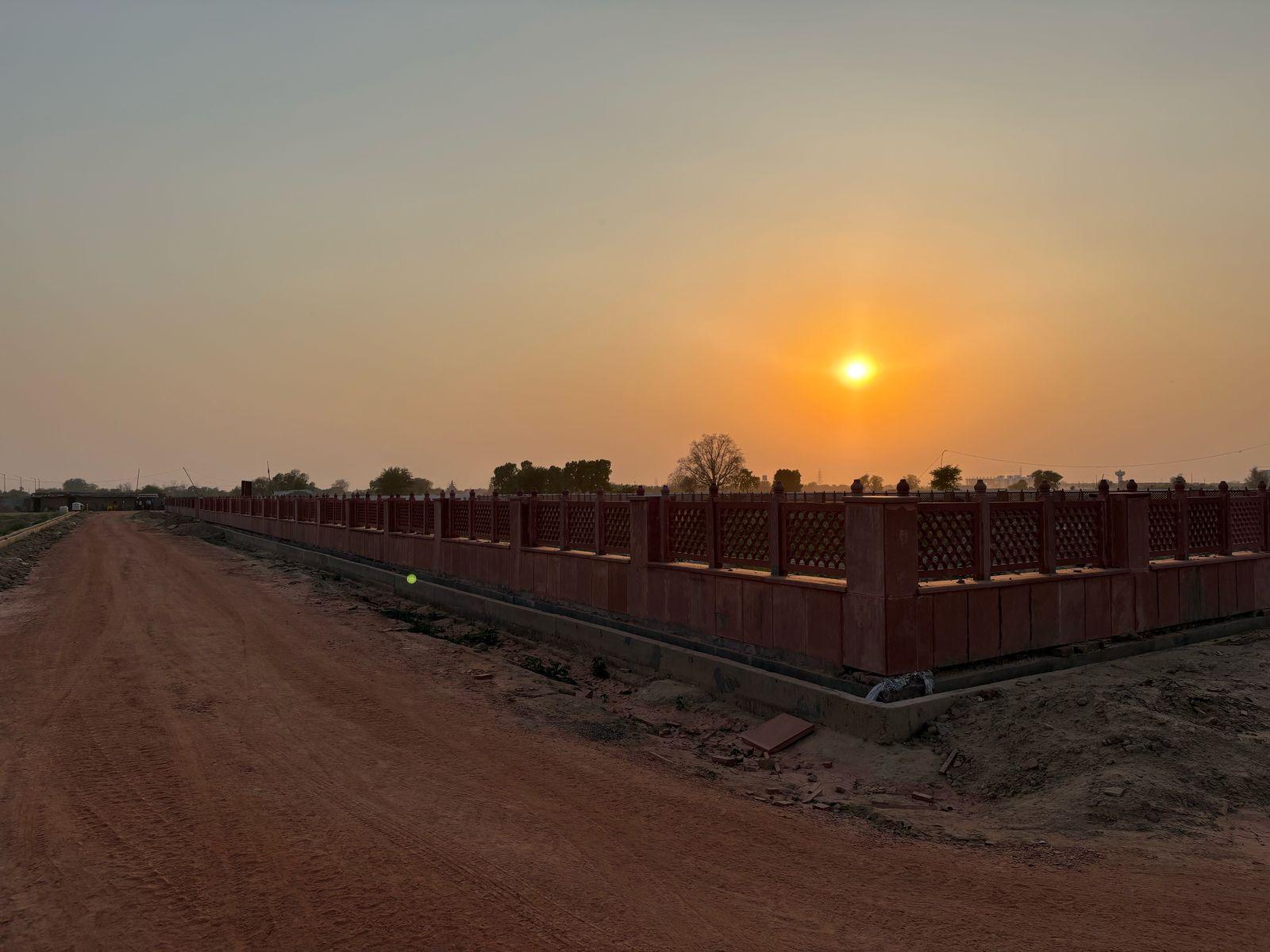Earth, our home planet, is a rocky, terrestrial planet with a solid, active surface, and is the only known planet to support life. It's characterized by its oceans, which cover about 71% of its surface, and its atmosphere, which is composed mostly of nitrogen and oxygen. Earth is the fifth-largest planet in our solar system and is the only one with liquid water on its surface.
Key Features of Earth:
Liquid Water:
Earth is unique in having liquid water on its surface, which is essential for life as we know it.
Active Surface:
Earth's surface is dynamic, featuring mountains, valleys, canyons, plains, and tectonic plates that cause earthquakes and volcanic activity.
Protective Atmosphere:
Earth's atmosphere shields us from harmful solar radiation and incoming meteoroids.
Life-Sustaining Conditions:
Earth provides a combination of land, air, water, and a suitable temperature range for life to thrive.
Unique Name:
Unlike other planets in our solar system, Earth's name doesn't originate from Greek or Roman mythology. It's derived from the Old English and Germanic word "earth," meaning "the ground".
Formation and Composition:
Earth formed from dust and gas left over from the creation of the sun, about 4.6 billion years ago.
The planet grew larger through collisions with other space objects.
Earth's interior consists of a solid inner core, a liquid outer core, a mantle, and a crust.
The movement of tectonic plates on the crust results in geological events like mountain building and volcanic eruptions.
Recent Research and Exploration:
Scientists use satellites to study Earth's weather, oceans, soil, and climate change.
New research focuses on the health of land vegetation using hyperspectral imaging according to NASA Science.
There's ongoing research into the potential of nuclear fusion as an energy source.

